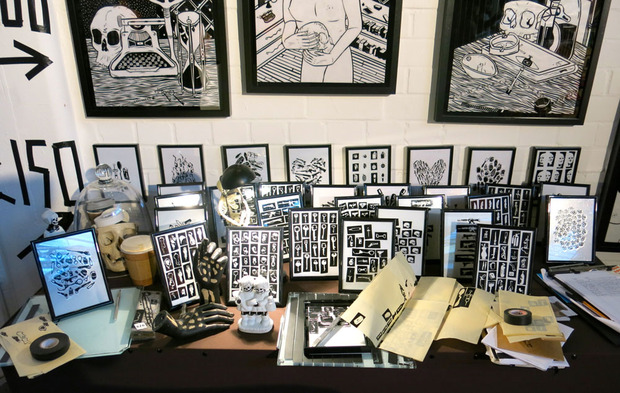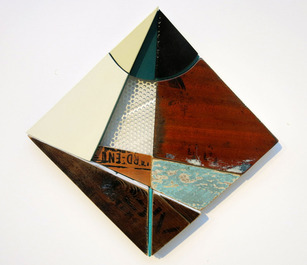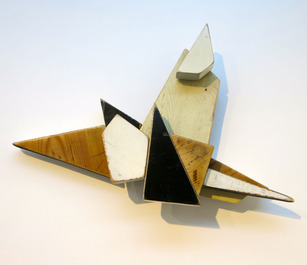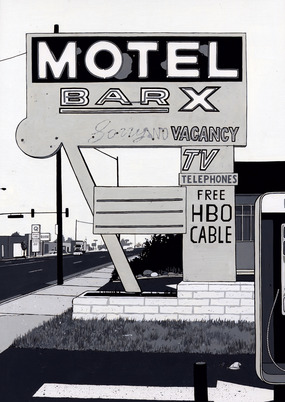Moniker Art Fair 2014
A celebration of contemporary art rooted in urban culture in East London


Innovative art company Moniker Projects’ eponymous Moniker Art Fair just marked its fifth anniversary with a three-day show at The Truman Brewery in the creative and commercial center of East London. While attending the show, we recently caught up with director and curator Frankie Shea (who co-founded Moniker with Kristophe Hofford) about the fair’s featured artists and galleries, which have “roots in urban culture and come from the edgier, wilder side of the art world.”
This year the exciting line-up included street art legend Shepard Fairey, who was showing as part of artist-run gallery Stolen Space, as well as Berlin-based artist Vermibus, whose work was on display in the OPEN WALLS gallery stall. Vermibus “borrows” advertising posters and manipulates the ink on the posters using a solvent, brushing away both the flesh and faces of the models, as well as the brand logos, before putting them back. His beautiful and unnerving works were one of the highlights of the show.

22 galleries in total showed at Moniker, and visitors could also experience art being made from scratch at the fair. Moniker artists Keira Rathbone and Benjamin Murphy created their typewriter prints and electrical tape artworks among the show’s visitors. Both artists make intricate, detailed works out of everyday materials, offering insight into Moniker’s young, street smart spirit.
To celebrate their half-decade anniversary, Moniker’s own stall at the fair displayed its Five Years Young project. “I wanted to bring together a group of homegrown talent that I have worked with over the years and whose work I personally collect, too. The combination of the three main artists’ use of different media—Matt Small (metal), Jo Peel (canvas), and Mark McClure (found wood)—also made for a great show,” Shea says.


RCA graduate Small presented his 2D and 3D portraits of people on the outskirts of society, creating a shared sense of humanity to “bring a positive energy to otherwise marginalized children and young adults of London,” Shea says. The floor of the Moniker stall was made by McClure, whose wooden sculptures are interestingly influenced by both Bauhaus and graffiti. McClure has previously had success at Moniker—his works sold out in 2012. “We’ve developed a close working relationship since involving Mark in Living Walls, a major public project for Queen Elizabeth Olympic Park. Mark’s geometric wooden tiles—a 210-meter vertical sculpture fabricated from wood sourced from in and around the park—is one of the highlights of the project,” Shea comments.


Moniker’s third main artist, Jo Peel, uses public murals as well as hand-painted animations to explore changes in the city. “She is obsessed with the urban landscape and [is] always in flux,” Shea says. Peel’s work has previously been commissioned by Chanel and shown as part of the London Design Festival, and her depictions of the streets of east London are both edgy and slightly nostalgic. Though the show finished its run on a few days ago, visit Moniker Art Fair online to view the entire list of exhibitors.
Lead image M-city for Traffic Gallery at Bergamo, Italy by Paola Verde, final two images courtesy of Moniker Art Fair, all others by Cajsa Carlson












